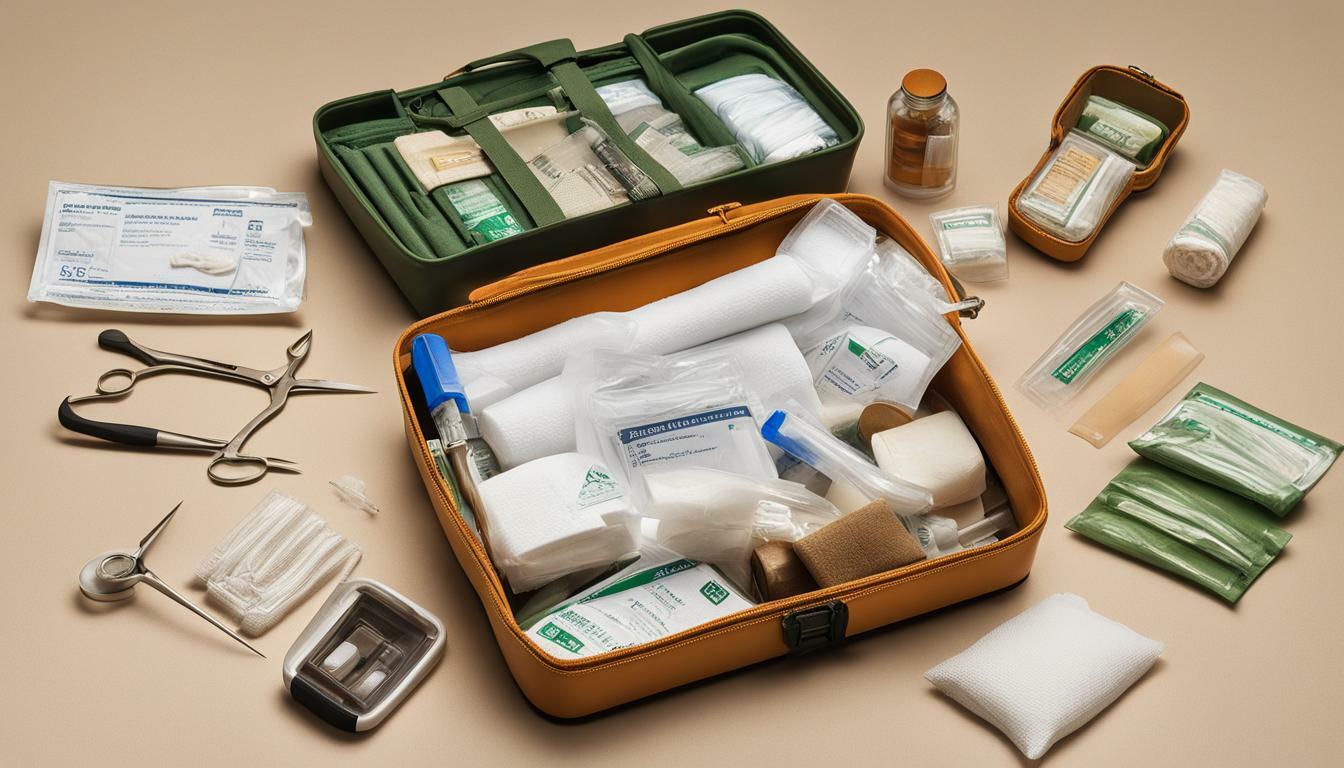As a remote archaeological illustrator, safety should be a top priority in your work. Whether you’re working in the field, in a lab, or at home, accidents can happen at any time. That’s why it’s crucial to have a well-stocked first aid kit always at hand.
From minor cuts and scrapes to more serious injuries, having the right first aid kit can make all the difference in ensuring your safety and wellbeing. In this article, we’ll explore the role of first aid kits in remote archaeological illustration, the specific needs of archaeological illustrators, and the essential components of a remote archaeological illustrator’s first aid kit. We’ll also discuss safety regulations in remote archaeological sites, the role of NLP in enhancing safety awareness, and the importance of collaborating with SEO specialists for optimal website visibility.
Key Takeaways
- First aid kits are essential for ensuring the safety of remote archaeological illustrators.
- Archaeological illustrators face unique challenges and potential risks in their work.
- A remote archaeological illustrator’s first aid kit should include items such as bandages, antiseptic wipes, pain relievers, and emergency contact information.
- It’s important to adhere to safety regulations in remote archaeological sites and to collaborate with SEO specialists for optimal website visibility.
- Health and safety should be prioritized in artifact artistry.
The Role of First Aid Kits in Remote Archaeological Illustration
When it comes to remote archaeological illustration, safety should always be a top priority. Working in remote locations can pose many risks, especially when illustrating artifacts in the field. This is where first aid kits come in – they are essential for ensuring the safety of illustrators in remote locations.
First aid kits should be considered a vital tool for any archaeological illustrator, whether working in the field or in a laboratory. In remote locations, it can be difficult to access medical help quickly, making it even more important to have a well-stocked first aid kit at hand.
There are many potential hazards that archaeological illustrators may face in the field, such as insect bites and stings, cuts and scrapes, and exposure to extreme weather conditions. Having a first aid kit that contains items such as bandages, antiseptic wipes, pain relievers, and emergency contact information can help illustrators manage these risks and stay safe.
Moreover, first aid kits can help avoid potential delays in the work of the archaeological team. For instance, if someone gets a cut or a scratch, they can clean and bandage the wound on the spot rather than waste time traveling to a hospital.
Overall, first aid kits are a crucial tool for ensuring the safety and well-being of remote archaeological illustrators. By preparing in advance and having a well-stocked kit on hand, illustrators can work confidently in the field, knowing that they are prepared for any unexpected situations that may arise.
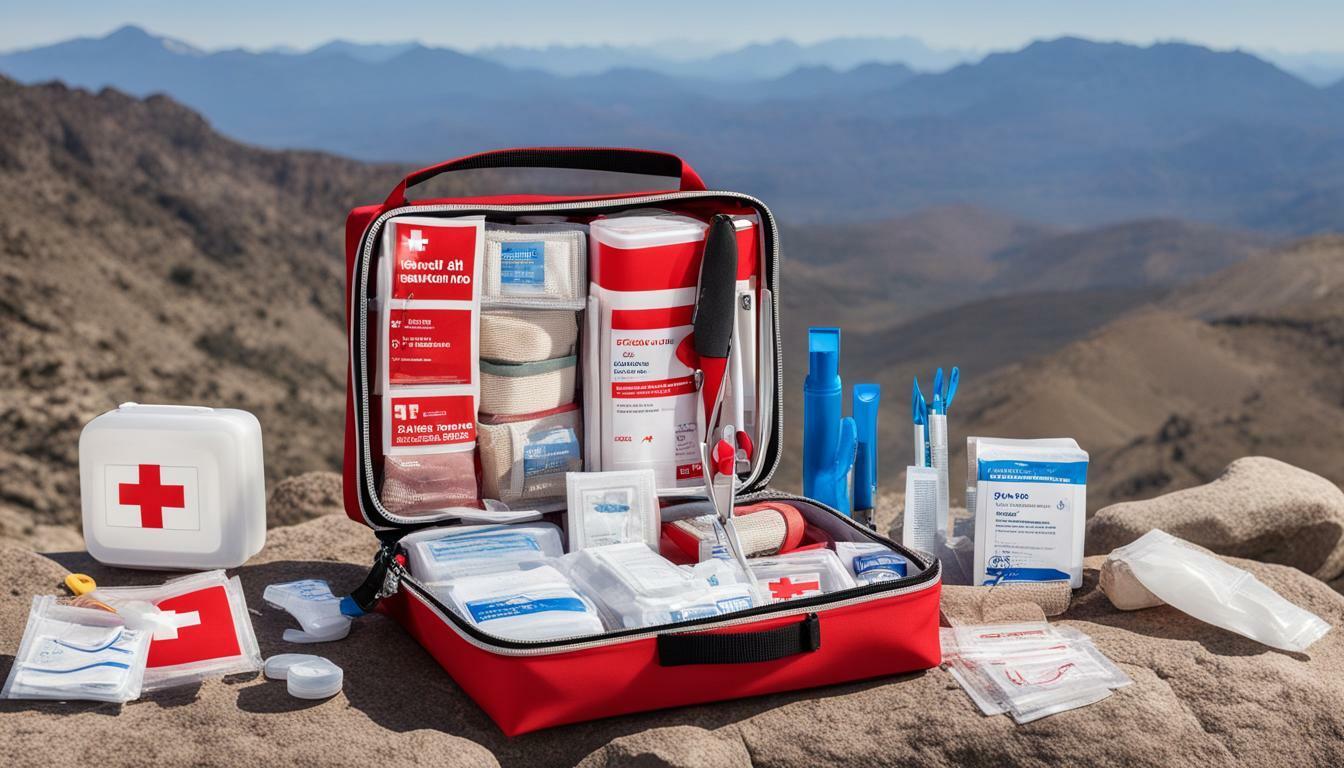
Understanding the Needs of Archaeological Illustrators
Archaeological illustrators play an essential role in the preservation and interpretation of historical artifacts. However, their work often involves physically demanding tasks, such as drawing or photographing artifacts in remote locations, working with delicate materials, and being exposed to harsh weather conditions.
Therefore, it is crucial to recognize the unique needs of archaeological illustrators to ensure their safety and well-being. One significant need is proper training in working with artifacts. They must handle artifacts with care, avoiding any potential damage while maintaining accuracy in their depictions.
Another essential need is access to appropriate equipment, such as cameras, lighting equipment, and drawing tools. This equipment must be in good condition and regularly checked to avoid any potential hazards. Additionally, maintaining good posture while working is vital to prevent injuries such as back pain.
Moreover, the nature of their work often requires spending extended periods in remote locations. Therefore, having access to proper accommodation, food, and clean water is essential to maintaining their health and well-being.
It’s important to note that the needs of archaeological illustrators may vary depending on their role and the specific site they are working on. Therefore, it’s crucial to assess the needs of each person and make the necessary arrangements.

In conclusion, understanding the needs of archaeological illustrators is vital to ensure their safety and well-being. By providing proper training, appropriate equipment, and adequate living conditions, organizations and individuals can ensure that archaeological illustrators can perform their work efficiently and safely.
Essential Components of a Remote Archaeological Illustrator’s First Aid Kit
When working as a remote archaeological illustrator, it’s important to be prepared for any emergencies that may arise. A properly stocked first aid kit can make all the difference in ensuring your safety and well-being. Here are some essential components that should be included in your first aid kit:
| Item | Description |
|---|---|
| Bandages | Include a variety of sizes and types, such as adhesive bandages, gauze, and self-adhesive wrap. |
| Antiseptic wipes | These can be used to clean wounds and prevent infection. |
| Pain relievers | Include over-the-counter pain medications, such as aspirin and ibuprofen, for headaches, muscle aches, and other pain. |
| Emergency contact information | Make sure to include contact details for local emergency services, as well as your own emergency contacts. |
| Tweezers and scissors | These can be used for removing splinters, cutting tape or bandages, and other necessary tasks. |
| Hand sanitizer | Keep hands clean and germ-free when soap and water are not readily available. |
| Personal medications | If you have any personal medications that you require, make sure to include them in your first aid kit. |
Additional items that may be useful to consider depending on your specific needs and location include insect repellent, sunscreen, and allergy medication.
It’s important to periodically check and replace any expired items in your first aid kit to ensure that it’s always fully stocked and ready for use in any situation.
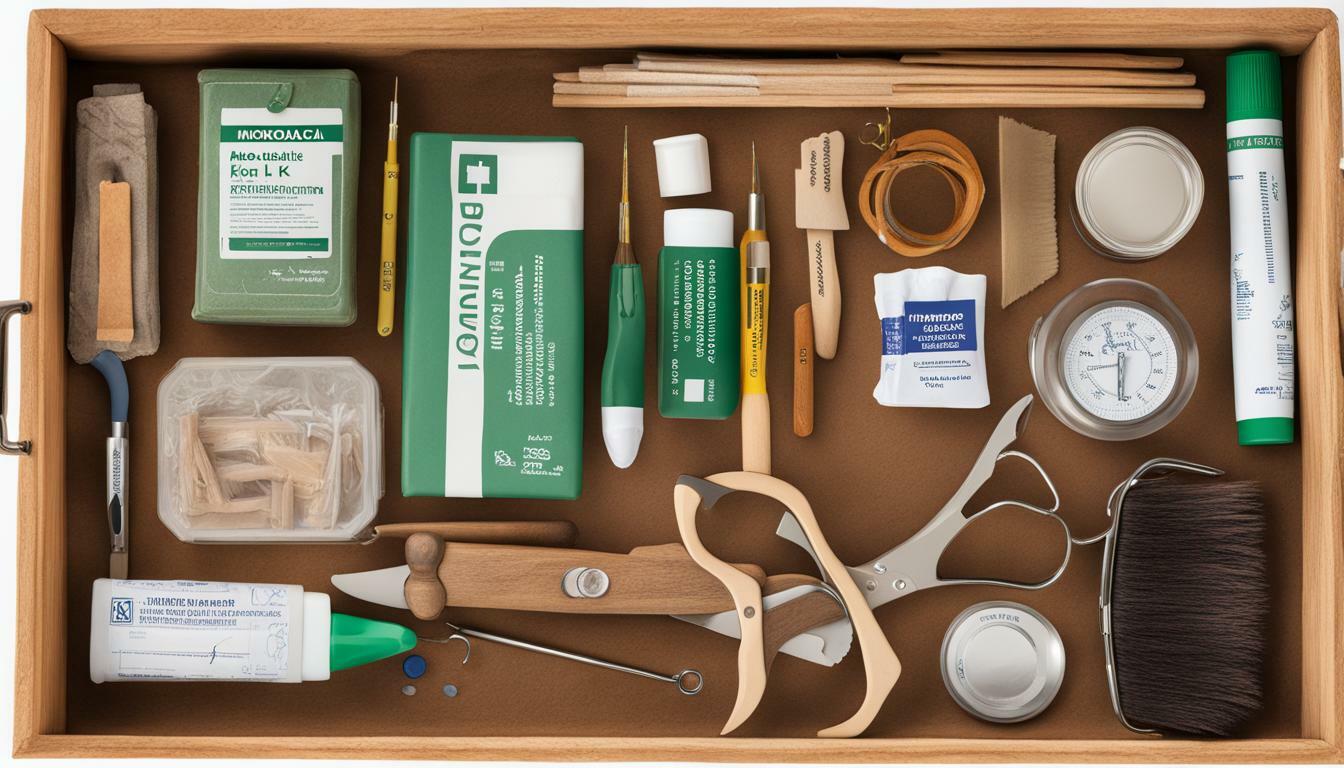
Navigating Safety Regulations in Remote Archaeological Sites
When working as an archaeological illustrator in remote locations, safety regulations are of utmost importance in ensuring the wellbeing of both the illustrator and the surrounding environment. Failure to comply with these regulations not only poses a significant risk to personal and environmental safety but also has potential legal implications.
It is crucial to conduct thorough research into the specific safety regulations governing the location of the project before commencing work. These regulations may vary based on factors such as the type of site, the geographical location, and the laws of the country or region in which it is located.
Some common safety regulations that should be adhered to in remote archaeological sites include:
- Wearing appropriate personal protective equipment such as helmets, gloves, and safety glasses
- Following guidelines for working with hazardous materials such as chemicals or biological samples
- Adhering to rules governing the use of heavy machinery or equipment
- Ensuring compliance with local laws and regulations regarding the handling and transport of artifacts
In addition to these regulations, it is also important to have a comprehensive understanding of emergency procedures. This includes having a plan in place for emergency medical care and evacuation in the event of an accident or injury.
By prioritizing safety regulations in remote archaeological sites, illustrators can ensure a safe and sustainable working environment for themselves and future generations.
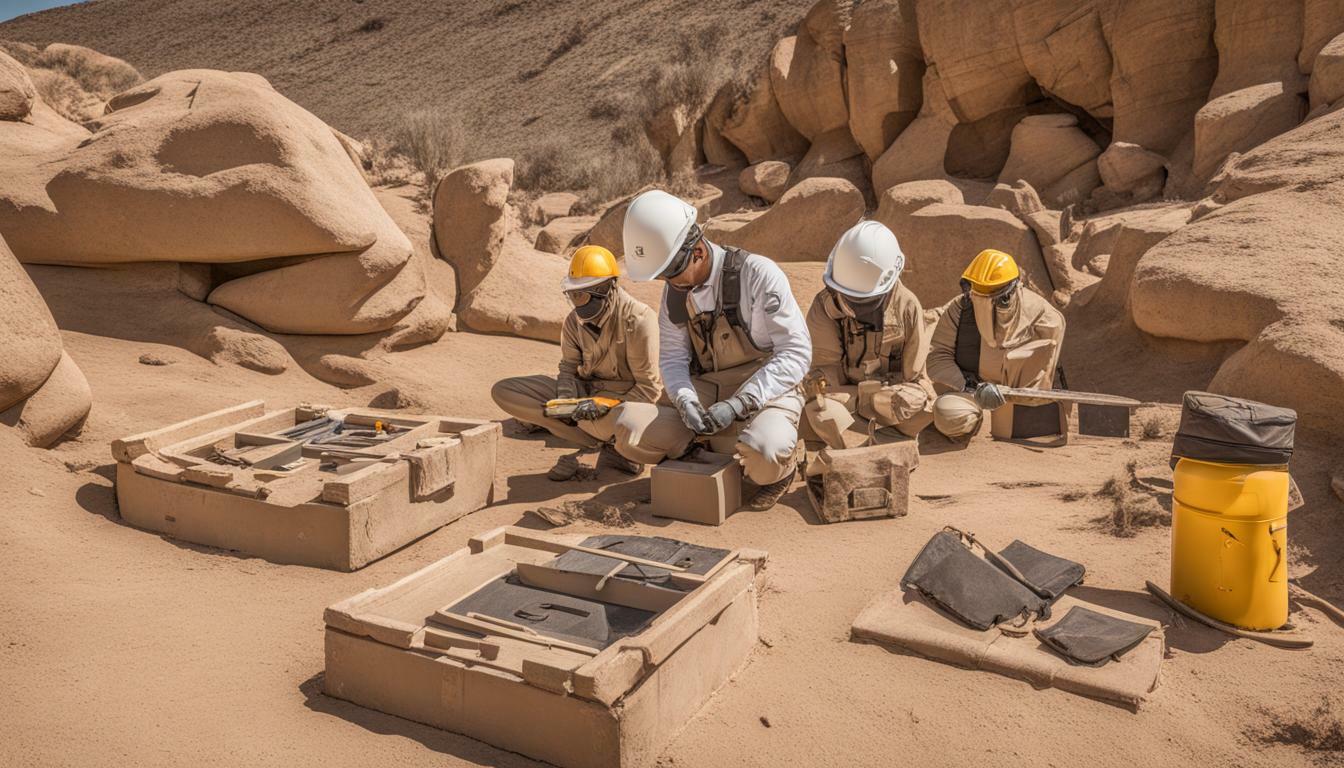
The Role of NLP in Enhancing Safety Awareness
Neuro-Linguistic Programming (NLP) techniques can be a valuable tool in enhancing safety awareness among archaeological illustrators. By using NLP, illustrators can learn to recognize potential hazards and respond appropriately to keep themselves and others safe.
One of the primary benefits of NLP is that it helps individuals become more aware of their surroundings and the potential risks they may face. This heightened sense of awareness can help illustrators identify potential hazards and take steps to prevent accidents before they happen.
NLP can also help illustrators become more confident in their ability to stay safe on the job. Through NLP techniques, illustrators can build a sense of self-efficacy and learn to trust their instincts when it comes to identifying and avoiding potential hazards.
Another way NLP can enhance safety awareness is by providing illustrators with the tools they need to stay calm under pressure. By teaching illustrators how to manage their emotions and stay focused in high-stress situations, NLP can help prevent accidents and ensure that everyone stays safe.
Overall, NLP is a powerful tool for enhancing safety awareness among archaeological illustrators. By learning to recognize potential hazards, stay confident and calm under pressure, and trust their instincts, illustrators can stay safe and keep their colleagues safe while on the job.

Collaborating with SEO Specialists for Optimal Website Visibility
While creating high-quality content is essential, it is equally important to ensure that it reaches a wide audience. This is where the expertise of SEO specialists comes in. Collaborating with these professionals can help remote archaeological illustrators to achieve optimal website visibility and improve their search engine rankings.
SEO specialists can provide invaluable guidance on keyword research and usage, as well as on-page optimization techniques such as meta descriptions and title tags. They can also advise on off-page optimization strategies like link building and social media management.
By partnering with SEO specialists, remote archaeological illustrators can benefit from their in-depth knowledge of search engine algorithms and best practices. This can help to ensure that their content is seen by a wider audience, increasing their exposure and establishing them as thought leaders in their field.
Maximizing website visibility can also have a positive impact on business outcomes, such as lead generation and revenue growth. With the help of SEO specialists, remote archaeological illustrators can optimize their content and increase their online presence, ultimately driving better business results.
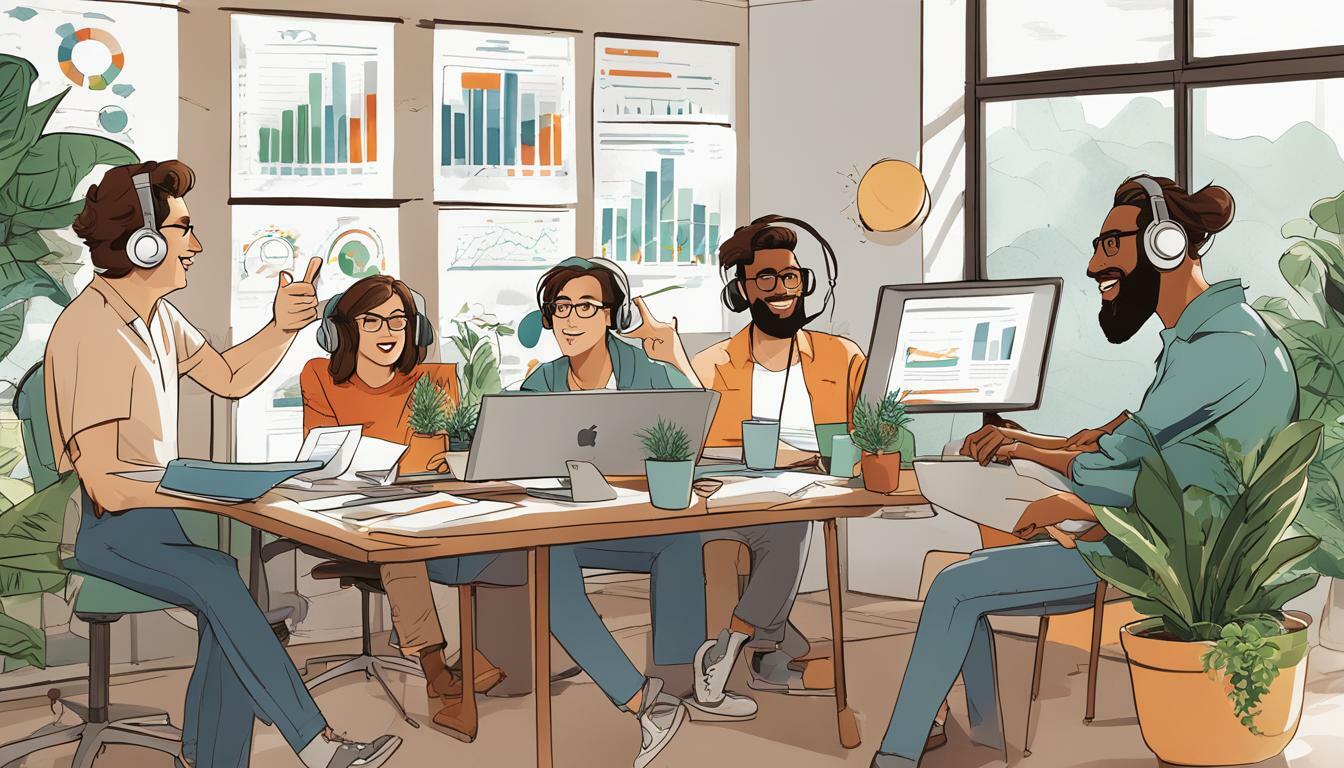
Consulting British English Dictionaries for Accurate Language Usage
Using British English dictionaries is a crucial aspect of ensuring accurate language usage in written content. It is important to use the letter ‘s’ where British English requires it, to maintain a professional tone and style.
When writing for a British audience, it is essential to use the right words and spelling to avoid confusion. For instance, using American English spellings such as “color” instead of “colour” or “center” instead of “centre” may affect the credibility of the content. Consulting a British English dictionary will help you use the correct spelling and word choice.
Furthermore, using a British English dictionary will help you understand the intricacies of British English that may not be present in other forms of English. This includes regional variations in vocabulary and pronunciation.
When writing in British English, it is also important to pay attention to grammar rules. Using British English dictionaries will help you avoid common mistakes such as incorrect verb endings or inconsistent use of articles.
Overall, consulting British English dictionaries is an essential part of producing high-quality written content that is tailored to a British audience. It ensures accurate language usage and helps to maintain a professional tone that will resonate with the target audience.

Incorporating Keywords for Effective Google Search Engine Optimization
Incorporating relevant keywords in content is essential for effective Google Search Engine Optimization (SEO). Keyword research is the process of identifying and analyzing the keywords that people use to search for information related to your topic.
One effective strategy for keyword research is to use tools such as Google Keyword Planner or SEMrush. These tools allow you to identify high-volume keywords that are relevant to your content and can help you optimize your website for search engines.
Once you have identified your keywords, it is important to use them strategically throughout your content. This includes using them in your headings, subheadings, and meta descriptions, as well as throughout your body text.
However, it is important to use keywords sparingly and avoid “keyword stuffing,” which can result in penalties from search engines. Instead, focus on creating high-quality content that is relevant to your audience and incorporates your keywords naturally.
Incorporating keywords is only one aspect of effective SEO. Other factors include optimizing your website’s structure and navigation, building high-quality backlinks, and creating mobile-friendly content.
By incorporating relevant keywords into your content, you can enhance your website’s visibility and improve its ranking on Google search engine results pages (SERPs).

To ensure the success of your content marketing strategy, it is essential to stay up-to-date with the latest SEO trends and best practices. Consult with an experienced SEO specialist to develop a comprehensive strategy that incorporates effective keyword research and optimization.
Prioritising Health and Safety in Artifact Artistry
As an archaeological illustrator, it is crucial to prioritize health and safety in artifact artistry. Ensuring that you work in a safe and secure environment is essential for both your physical and mental wellbeing. Additionally, as an organization or employer, it is your responsibility to provide your employees with a safe working environment.
Working with archaeological artifacts often entails working with sharp tools, hazardous chemicals, and working in remote locations that could cause potential health and safety issues. As a result, it is vital to perform a thorough risk assessment before commencing work on any project. This should include a checklist of potential hazards, along with suggested precautions that should be taken to mitigate those risks.
The risk assessment should be reviewed regularly, and any new hazards identified and added to the list. The working environment should also be monitored for potential hazards, and employees should be provided with any necessary protective equipment, such as gloves, goggles, or respirators.
First aid kits should be readily available on-site, and all employees should be trained on how to use them. The kit should contain essential items such as bandages, sterile gauze, antiseptic wipes, pain relievers, and emergency contact information.
It is also crucial to adhere to safety regulations in remote archaeological sites. This includes obtaining any necessary permits before commencing work, ensuring that all employees are aware of the safety regulations, and incorporating them into the risk assessment process.
Furthermore, prioritizing the health and safety of employees can improve workplace productivity and boost employee morale. It demonstrates that the organization values their employees’ wellbeing and is committed to creating a safe working environment.
In conclusion, prioritizing health and safety in artifact artistry is crucial for both the physical and mental wellbeing of employees and should be a top priority for all organizations. Performing regular risk assessments, providing necessary protective equipment and first aid kits, and adhering to safety regulations can ensure a safe working environment for employees and improve overall workplace productivity.
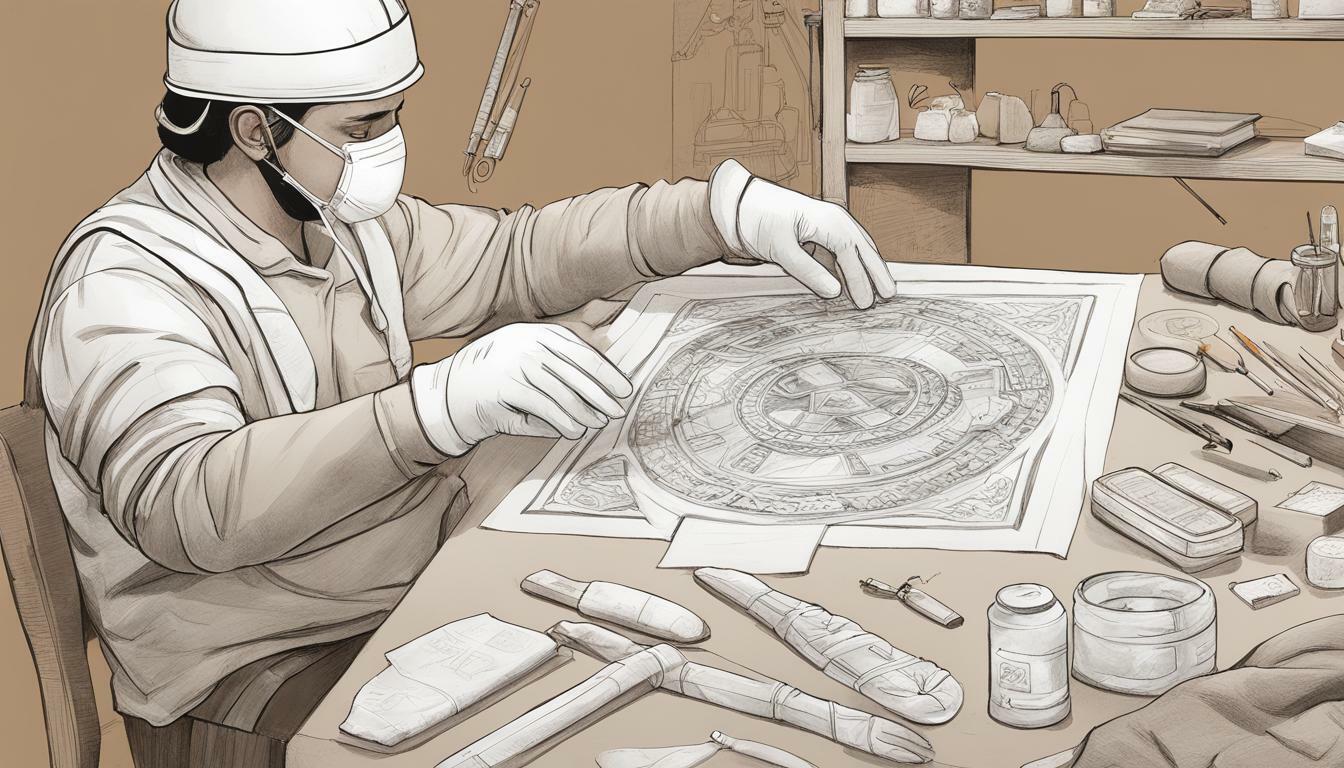
Conclusion
In conclusion, first aid kits are essential for ensuring the safety of remote archaeological illustrators engaged in artifact artistry. The role of first aid kits in remote archaeological illustration cannot be overemphasized, as they play a crucial role in providing prompt medical attention in case of accidents or injuries.
It is important to understand the unique needs of archaeological illustrators to adequately address the potential risks associated with their work. A well-stocked first aid kit should include basic medical supplies such as bandages, antiseptic wipes, pain relievers, and emergency contact information.
Adhering to safety regulations in remote archaeological sites is crucial, and organizations must prioritize health and safety in artifact artistry. Collaboration with SEO specialists can help optimize website visibility, while incorporating relevant keywords can enhance Google search engine optimization.
It is also important to consult British English dictionaries to ensure accurate language usage in written content and maintain a professional tone. Lastly, Neuro-Linguistic Programming (NLP) techniques can enhance safety awareness among archaeological illustrators and help them recognize potential hazards.
In summary, first aid kits are critical in maintaining safety for remote archaeological illustrators. It is the responsibility of both illustrators and organizations to prioritize health and safety and create a safe working environment.
